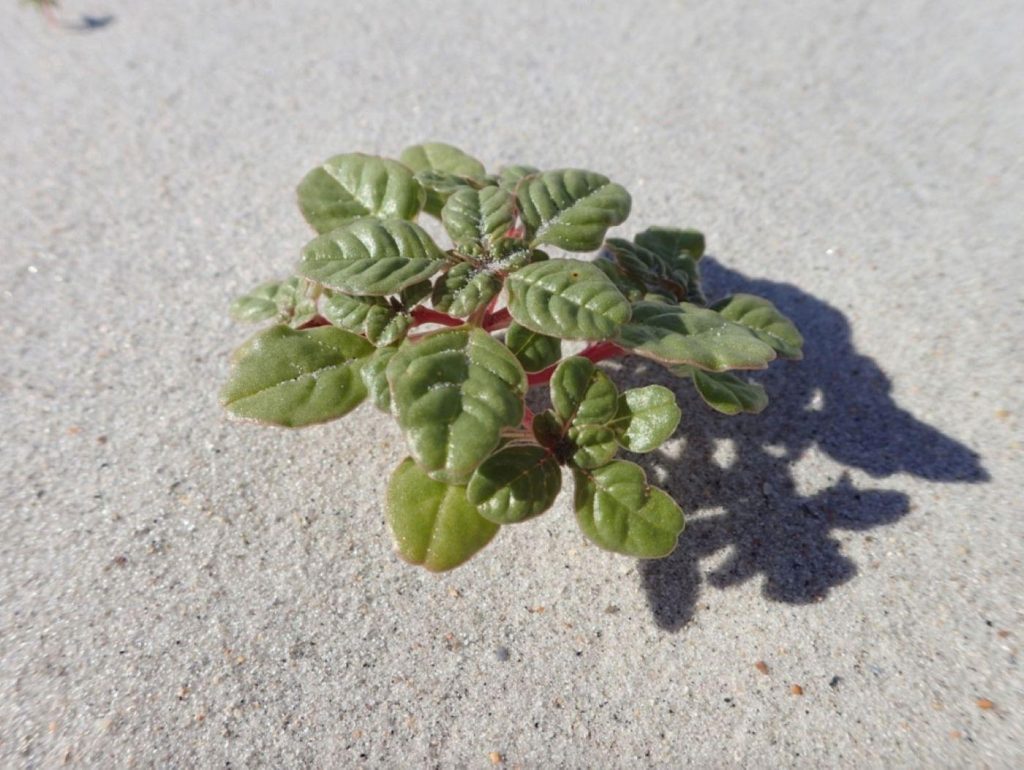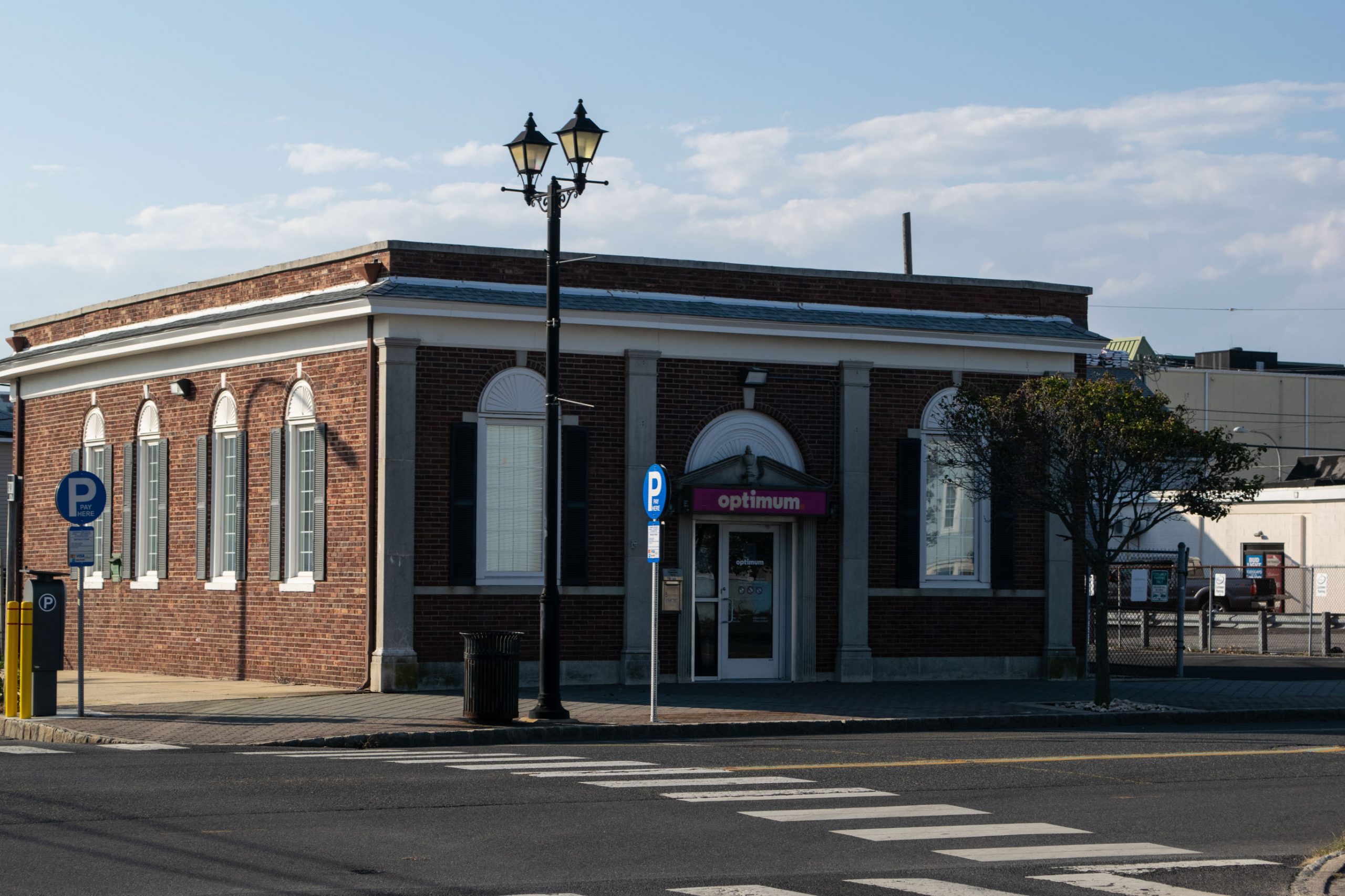A potential disaster for Seaside Heights – shutting down four blocks of beaches to the public near Casino Pier – has been averted thanks to negotiations between the borough, its engineering firm and the federal government.
Seaside Heights was one of several local towns to receive letters from the U.S. Fish and Wildlife Service in March notifying them that a survey conducted sometime during 2020 revealed the presence of a plant known as seabeach amaranth, a small green grass species that is considered endangered in New Jersey. The correspondence signaled the potential for a federal order closing four blocks of the borough’s beachfront, the key to its economy, during the summer season.
The problem: there was just one, single plant found. And it’s no longer there.
“They apparently found a single, small seabeach amaranth plant on the south side of Casino Pier,” said Borough Administrator Christopher Vaz. “It’s not there anymore; we suspect that’s because of one of the storms, or because the Army Corps of Engineers had been out there for the last five or six months.”
This week, borough officials announced that a plan had been accepted by Fish and Wildlife that will allow the beaches to remain open to the public. Previously, the federal agency had called for beaches between Blaine and Sherman avenues to be fully closed.
“The staff that they have to influence that guidance are reasonable people,” said Mark Lennon, of PS&S Engineering, the borough’s contracted engineering firm. “We were able to come up with a solution on it.”
The federal guidance for Seaside Heights now includes managing the extent of raking in the area where the grass was found, and protecting the area representing 10 percent of the beach that’s nearest the dune fence. That area will remain designated for plant growth in exchange for allowing the beaches to remain open.
“That tends to be the area nobody sits in unless there’s a west wind,” said Borough Administrator Christopher Vaz.
There are about 50 sea amaranth populations remaining in the United States, however individual plants are known to grow from time to time in coastal areas. The species was once relatively common along the east coast, but is locally extinct in New England and considered endangered in New York, Rhode Island, Maryland and New Jersey. It is considered threatened nationally, with North Carolina having a slightly healthier population.
The theory as to why the seabeach amaranth began to disappear dates back decades, if not more than a century. The construction of sea walls, vehicle use on beaches and even natural tidal activity are factors, as well as deposits of tanker oil left on Atlantic beaches from the ships torpedoed during both world wars.

Advertisement

Police, Fire & Courts
Police Investigating Possible Shots Fired in Seaside Heights

Police, Fire & Courts
Cops: Juvenile Arrested After 118mph Joy Ride in Seaside Heights, Toms River Kills 2

Seaside Heights & Seaside Park
Seaside Heights Mourns Passing of Boardwalk Legend, Still Working Into His 90s









